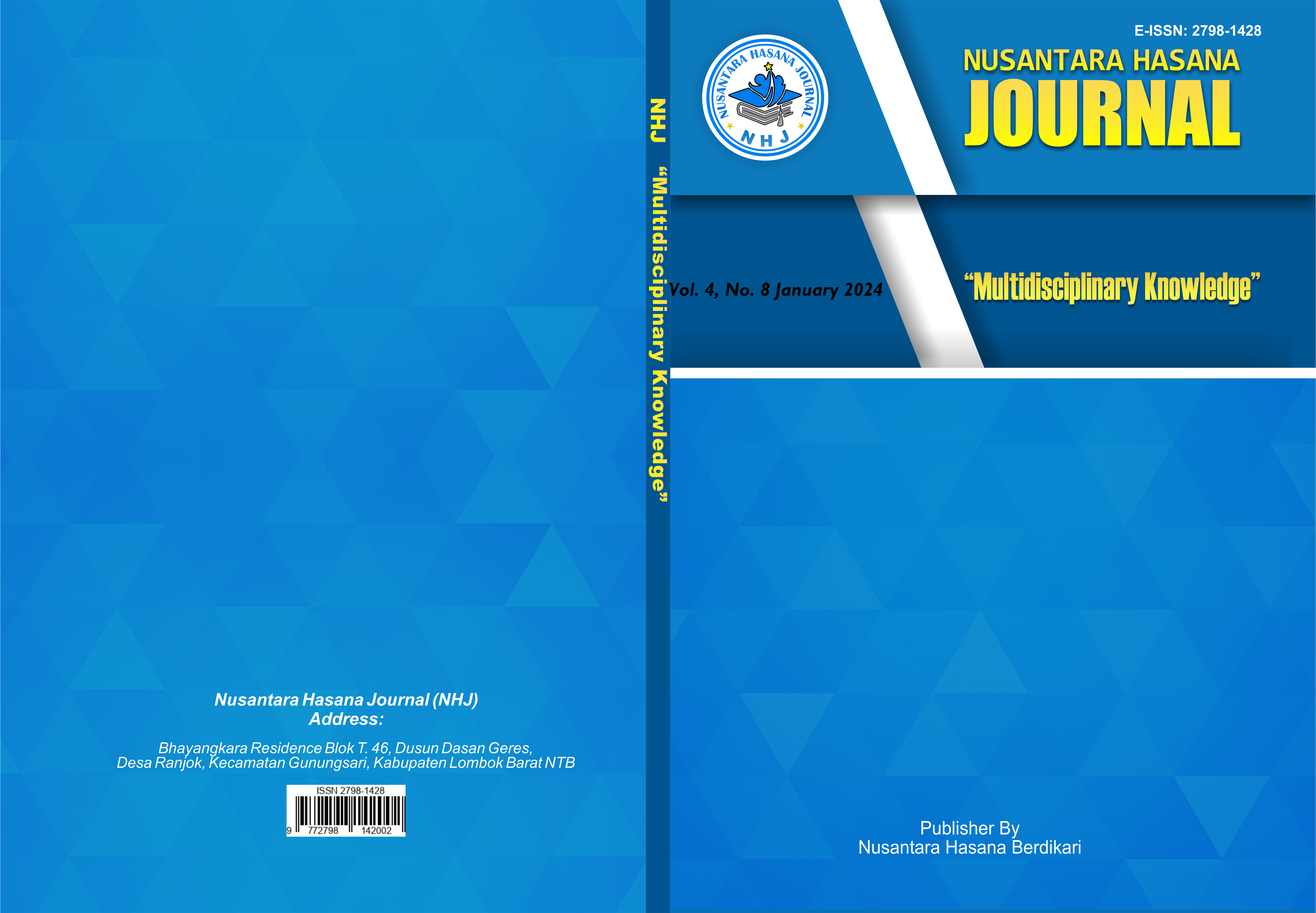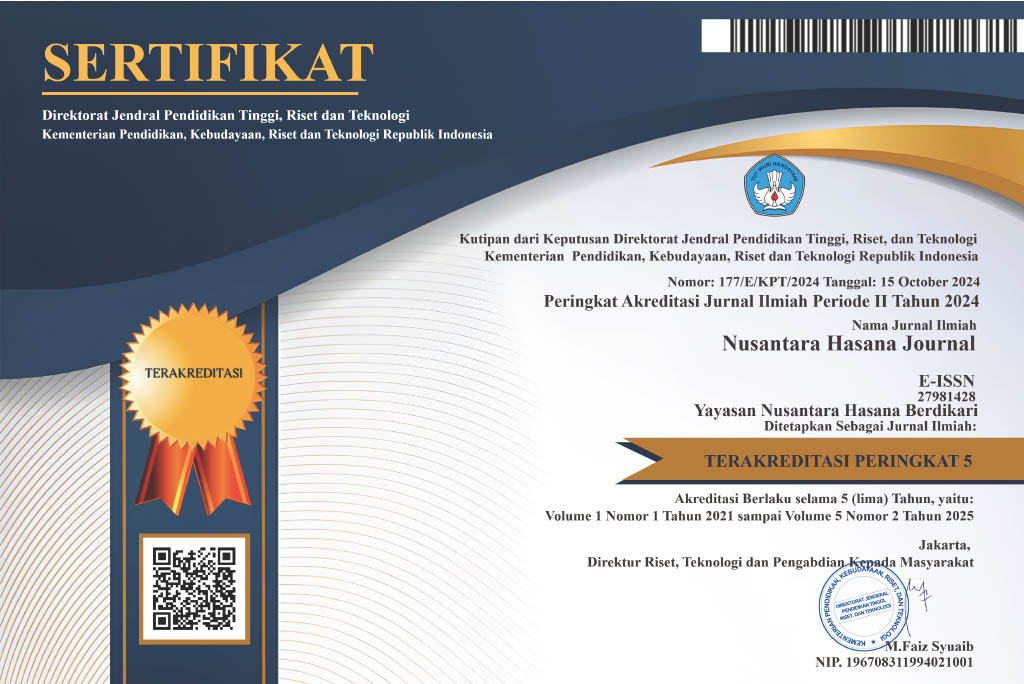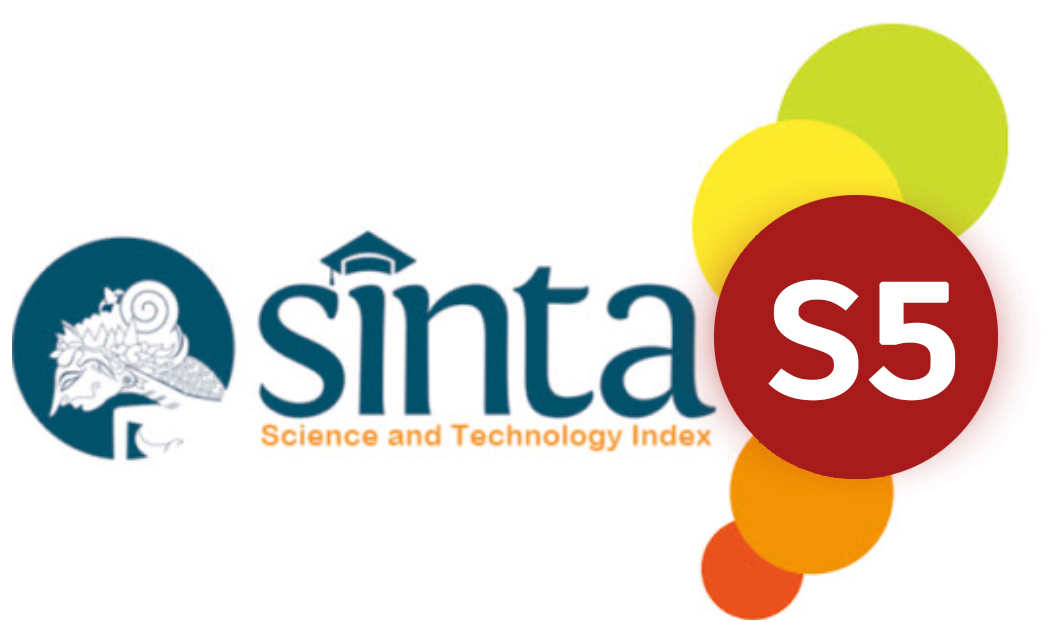PENINGKATAN RISIKO PRESBIKUSIS SEIRING DENGAN PENINGKATAN KADAR LDL PADA PASIEN LANSIA DISLIPIDEMIA DI RSI SITI RAHMAH
DOI:
https://doi.org/10.59003/nhj.v4i8.1367Keywords:
presbycusis, LDL, increased LDL level, dyslipidemia, elderlyAbstract
Background: Age Related Hearing Loss (ARHL) or presbycusis is a hearing loss in the elderly that occurs gradually and symmetrically in both ears. One of the causes is dyslipidemia, which is a disorder of lipid levels in the body, including increased levels of Low Density Lipoprotein (LDL). High LDL levels trigger the formation of atherosclerotic plaque which causes reduced oxygen and nutrient supply to the ear labyrinth which causes hearing loss. Objective: To determine the relationship between increased LDL levels and presbycusis in patients with dyslipidemia at RSI Siti Rahmah. Method: This type of research is analytical observational research using a case control design and the type of data used is primary and secondary data using consecutive sampling techniques. Results: The most research subjects found were aged 60-69 years, the most male gender, the most LDL levels were in the high category and there is a significant relationship between increased LDL levels in elderly with dyslipidemia and the incidence of presbycusis (p = <0.000). Conclusion: There is a significant increase in LDL levels with presbycusis in elderly people with dyslipidemia at RSI Siti Rahmah (P value = 0.000) and elderly people with dyslipidemia with increased LDL levels have a 7 times greater risk of experiencing presbycusis compared to those who do not suffer from dyslipidemia.
Downloads
References
J. Wang and J. L. Puel, “Presbycusis: An update on cochlear mechanisms and therapies,” Journal of Clinical Medicine, vol. 9, no. 1. 2020, doi: 10.3390/jcm9010218.
R. E. Handayani, “PRESBIKUSIS : Masalah Telinga pada Usia Tua,” vol. 2, no. 2, 2024.
E. A. Putri1, P. Ristyaning, A. Sangging2, and R. Himayani3, “Pengaruh Presbikusis Terhadap Kualitas Hidup Lansia,” vol. 13, no. April, p. 15, 2023.
A. Chern and J. S. Golub, “Age-related Hearing Loss and Dementia,” Alzheimer Dis. Assoc. Disord., vol. 33, no. 3, pp. 285–290, 2019, doi: 10.1097/WAD.0000000000000325.
E. Tavanai and G. Mohammadkhani, “Role of antioxidants in prevention of age-related hearing loss: a review of literature,” European Archives of Oto-Rhino-Laryngology, vol. 274, no. 4. 2017, doi: 10.1007/s00405-016-4378-6.
M. Safitri, E. Nurfarihah, and M. Handini, “Kualitas Hidup Penderita Presbikusis di RSUD Sultan Syarif Mohamad Alkadrie Pontianak tahun 2019,” Cermin Dunia Kedokt., vol. 49, no. 1, 2022, doi: 10.55175/cdk.v49i1.178.
S. S. Houmøller et al., “Impact of hearing aid technology level at first-fit on self-reported outcomes in patients with presbycusis: a randomized controlled trial,” Front. Aging, vol. 4, 2023, doi: 10.3389/fragi.2023.1158272.
J. Chester et al., “A review on recent advancement on age-related hearing loss: The applications of nanotechnology, drug pharmacology, and biotechnology,” Pharmaceutics, vol. 13, no. 7. 2021, doi: 10.3390/pharmaceutics13071041.
I. Triansyah, A. Darmayati, and D. P. Sari, “Peningkatan Kejadian Presbikusis Pada Lansia Hipertensi di Puskesmas Kurai Taji Pariaman Tahun 2021,” Nusant. Hasana J., vol. 2, no. 1, 2022, Accessed: Sep. 22, 2022. [Online]. Available: http://nusantarahasanajournal.com/index.php/nhj/article/view/354.
M. G. Evangelli, Rosa Falerina, Hadiq Firdausi, and Puguh Setyo Nugroho, “Karakteristik pasien presbikusis di Rumah Sakit Universitas Airlangga tahun 2018-2021,” Fak. Kedokt. Univ. Udayana | Med., vol. 54, no. 3, pp. 175–178, 2023, doi: 10.15562/medicina.v54i3.1254.
M. Raditiya, “Pengaruh penggunaan obat dislipidemia terhadap kadar kolesterol pasien dewasa di instalasi rawat inap rsud ibu fatmawati soekarno kota surakarta,” pp. 1–6, 2023.
O. I. Odeh, M. A. Kuti, A. J. Fasunla, and O. G. Nwaorgu, “Sensorineural Hearing Loss and Dyslipidemia: Is There Any Relationship?,” West Afr. J. Med., vol. 34, no. 1, pp. 27–31, 2015.
V. Del Vecchio et al., “Vascular Factors in Patients with Midlife Sensorineural Hearing Loss and the Progression to Mild Cognitive Impairment,” Med., vol. 59, no. 3, pp. 1–16, 2023, doi: 10.3390/medicina59030481.
V. A. Andreeva et al., “Dyslipidemia as a potential moderator of the association between hearing loss and depressive symptoms,” J. Nutr. Heal. Aging, vol. 21, no. 10, pp. 1291–1298, 2017, doi: 10.1007/s12603-017-0888-1.
R. A. Azeez, A. Al Ansary, and Bt. Yasin, “Presbycusis and hyperlipidemia: Is there any link?,” Muthanna Med. J., vol. 7, no. 2, pp. 49–57, 2020, doi: 10.52113/1/7.2/2020.57.
F. S. Manullang, A. Adnan, and D. Munir, “Factors Affecting Presbycusis on Audiogram Overview at H. Adam Malik General Hospital Medan,” J. Epidemiol. Public Heal., vol. 6, no. 1, pp. 14–22, 2021, doi: 10.26911/jepublichealth.2021.06.01.02.
M. Gita Ratnasari and M. Wiranandha, “Hubungan hipertensi terhadap kejadian presbikusis pada lansia di Puskesmas Denpasar Selatan I, Bali, Indonesia,” Intisari Sains Medis | Intisari Sains Medis, vol. 13, no. 3, pp. 838–842, 2022, doi: 10.15562/ism.v13i3.1427.
D. M. Nugraheni, I. D. Kurniati, H. Deliara, and M. A. Kusuma, “Kadar Ldl Tikus Wistar Setelah Pemberian Ekstrak Kulit Jeruk Purut (Citrus Hystrix),” Herb-Medicine J., vol. 3, no. 3, p. 39, 2020, doi: 10.30595/hmj.v3i3.8065.
B. O. Sinulingga, “Pengaruh konsumsi serat dalam menurunkan kadar kolesterol,” J. Penelit. Sains, vol. 22, no. 1, pp. 9–15, 2020.
M. Alif Ramadan and M. Dewi Pramaningtyas, “Pemberian Jahe Terhadap Perbaikan Kadar Profil Lipid Dan Risiko Aterosklerosis Pada Dislipidemia,” J. Kedokt. Univ. Palangka Raya, vol. 9, no. 1, pp. 1224–1231, 2021, doi: 10.37304/jkupr.v9i1.2861.
A. A. Faludi, H. P. Zats, D. B. De Araújo, and M. C. Bertolami, “Dislipidemias,” Rev. Bras. Med., vol. 62, no. 5, pp. 174–180, 2005, doi: 10.57214/jka.v7i1.263.
E. Keleş et al., “The Relationship Between Metabolic Presbycusis and Serum Paraoxonase/Arylesterase Activity,” Indian J. Otolaryngol. Head Neck Surg., vol. 66, no. SUPPL.1, pp. 147–152, 2014, doi: 10.1007/S12070-011-0382-8.
H. Kim, J. J. Lee, Y. Moon, and H. Y. Park, “Longitudinal Pure-Tone Threshold Changes in the Same Subjects: Analysis of Factors Affecting Hearing,” Laryngoscope, vol. 129, no. 2, 2019, doi: 10.1002/lary.27478.
S. Jamesdaniel, R. Rosati, J. Westrick, and D. M. Ruden, “Chronic lead exposure induces cochlear oxidative stress and potentiates noise-induced hearing loss,” Toxicol. Lett., vol. 292, pp. 175–180, Aug. 2018, doi: 10.1016/J.TOXLET.2018.05.004.
Downloads
Published
How to Cite
Issue
Section
License
Copyright (c) 2025 Annisa Diva Dhiersa

This work is licensed under a Creative Commons Attribution-NonCommercial-ShareAlike 4.0 International License.
NHJ is licensed under a Creative Commons Attribution-NonCommercial-ShareAlike 4.0 International License.
Articles in this journal are Open Access articles published under the Creative Commons CC BY-NC-SA License This license permits use, distribution and reproduction in any medium for non-commercial purposes only, provided the original work and source is properly cited.
Any derivative of the original must be distributed under the same license as the original.
























